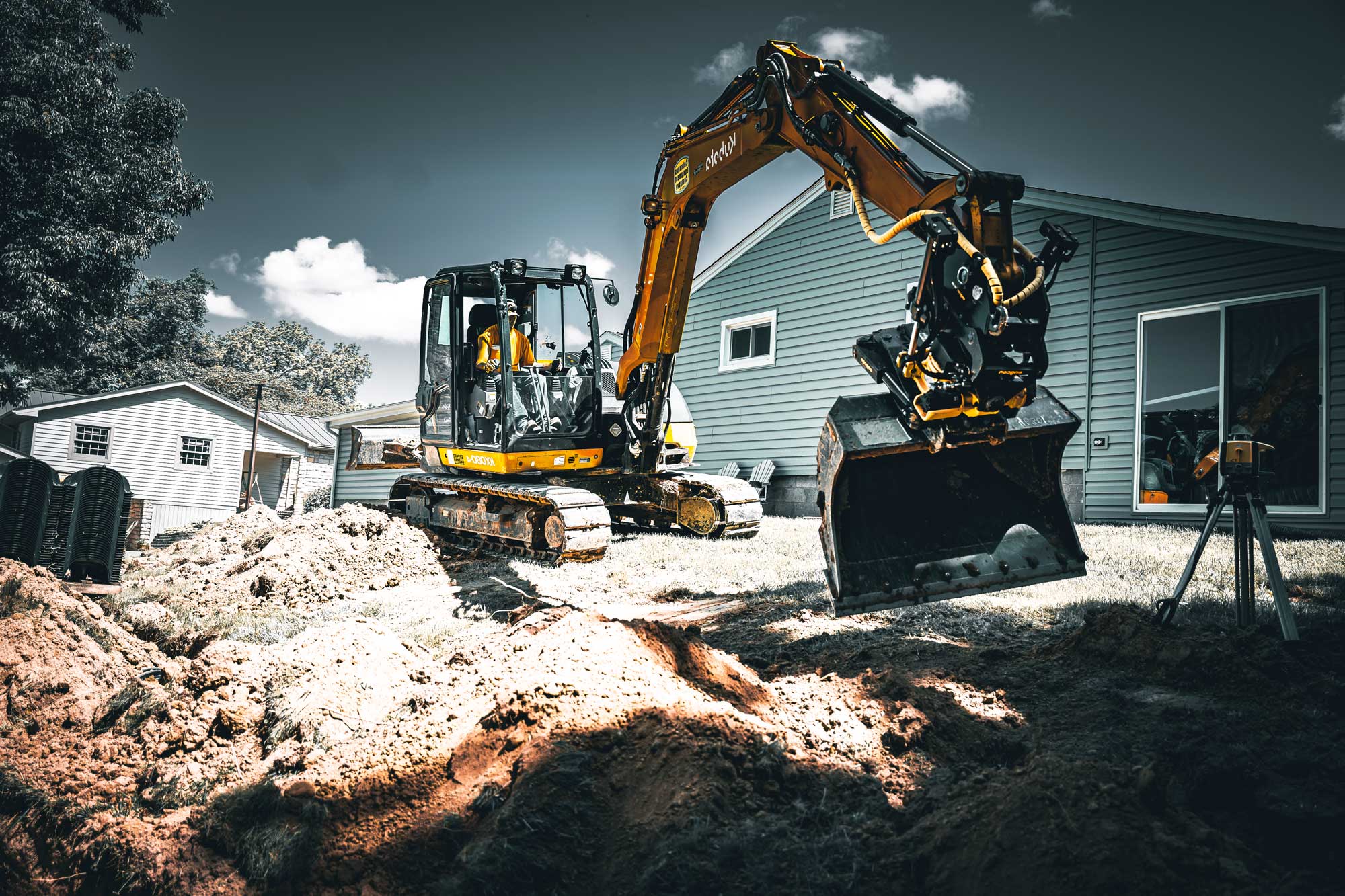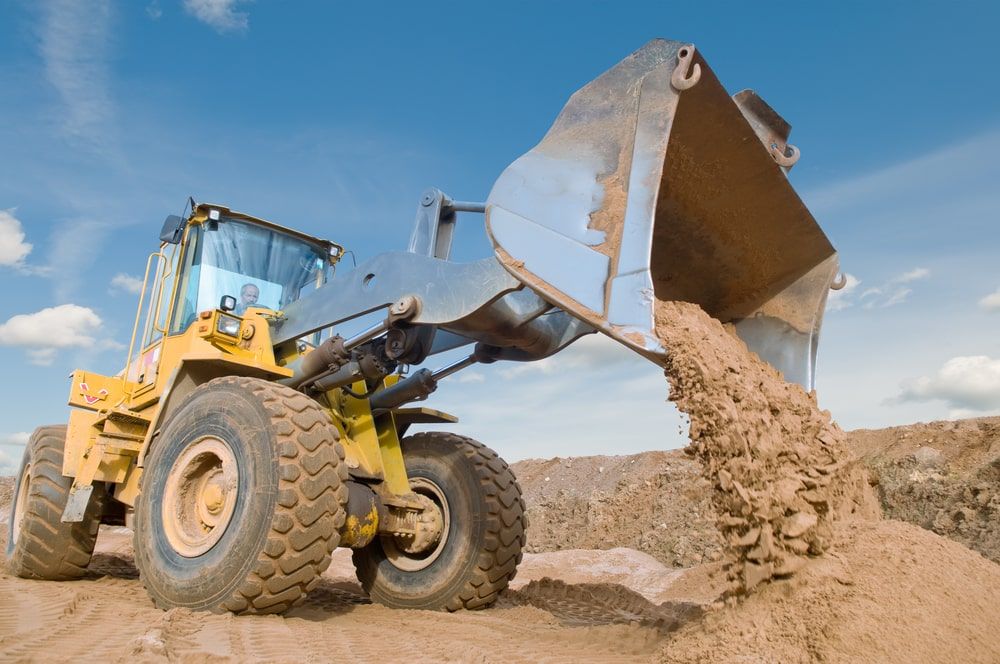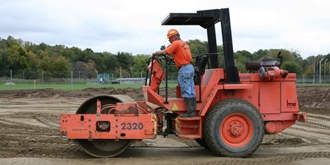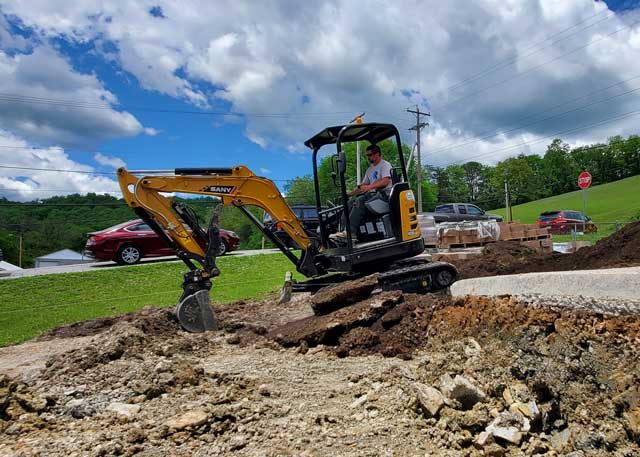Dump Truck Companies in Ohio - Trusted Dump Truck Solutions Across Ohio
Dump Truck Companies in Ohio - Trusted Dump Truck Solutions Across Ohio
Blog Article
Comprehensive Exploration: The Science Behind Superior Excavation Practices
The realm of excavation methods is a domain where science intertwines with workmanship to uncover the secrets hidden below the planet's surface area. From ancient hand tools to modern hydraulic excavators, the development of excavation techniques has been a testimony to human ingenuity and technical innovations. What really sets premium excavation methods apart is a deep understanding of geological principles, coupled with the application of advanced devices and methods. By discovering the scientific research behind these practices, we can uncover the secrets that exist below our feet and value the accuracy and competence that enter into every dig.
Evolution of Excavation Strategies
Throughout history, the evolution of excavation methods has played a crucial role beforehand building and construction practices and archaeological explorations. From the fundamental tools made use of by our ancestors to the innovative machinery utilized in contemporary times, the progression of excavation methods has considerably changed exactly how we come close to different tasks.
In ancient times, hand-operated labor with basic devices such as wheelbarrows, pickaxes, and shovels was the main approach of excavation. This labor-intensive process limited the depth and range of excavations, frequently causing sluggish progression and limited access to certain websites. Nevertheless, as worlds progressed, so did the devices and methods used for excavation.
The Industrial Revolution marked a turning factor in excavation techniques with the introduction of steam-powered machinery. In modern times, technology plays an essential role in excavation, with innovations like General practitioner systems, drones, and 3D scanning boosting precision and efficiency in the field.
Role of Modern Technology in Excavation

The integration of innovative modern technology has actually basically revolutionized the field of excavation, improving precision and efficiency to unprecedented degrees - excavating ohio. One of the key technological innovations that has actually significantly impacted excavation methods is the utilization of GPS systems.
Moreover, the advent of 3D modeling and simulation software has structured the preparation procedure for excavation tasks. Drivers and engineers can now picture the whole excavation process prior to beginning, optimizing and identifying potential challenges process. Along with this, the implementation of drones in excavation activities has actually promoted aerial studies, volumetric dimensions, and website assessments with unmatched rate and accuracy.
Geological Principles in Excavation
An understanding of geological concepts is vital for making certain the architectural stability and security of excavation websites. Geological elements play a critical role in establishing the feasibility and safety of excavation tasks (lancaster excavation). One essential geological concept to take into consideration is the kind of soil or rock present at the website. Different dirt kinds, such as crushed rock, clay, or sand, have varying levels of stability and need different excavation methods. As an example, natural soils like additional reading clay might need additional support to prevent collapses, while sandy dirts might be prone to erosion during excavation.
Furthermore, the geological framework of the area, consisting of faults, cracks, and rock developments, have to be meticulously evaluated to recognize possible dangers and challenges. Digging deep into near fault lines or unsteady rock developments can result in instability and prospective threats. By carrying out complete geological studies and evaluation, designers and excavators can create methods to alleviate risks and ensure the effective completion of excavation projects. Eventually, including geological principles right into excavation techniques is important for attaining safe, efficient, and sustainable results.

Newest Tools for Excavation
In the world of excavation practices, contemporary advancements in devices have actually reinvented the effectiveness and precision of excavation processes. One of the most up to date devices making waves in the market is the use of drones furnished with innovative imaging modern technology. These drones can give in-depth aerial studies of excavation sites, providing real-time information on topography and potential risks. This information aids in far better planning and decision-making throughout the excavation process.
One more cutting-edge device gaining appeal is the application of 3D printing modern technology for developing custom-made excavation tools. This enables the production of specialized devices that are tailored to the particular requirements of a job, boosting performance look at this now and lowering downtime.
Moreover, advancements in materials science have actually led to the development of more powerful and much more resilient excavation devices. dump truck companies in ohio. Tungsten carbide-tipped excavator add-ons, as an example, offer premium performance in difficult ground problems, enhancing productivity on-site
Science's Influence on Excavation Practices

Additionally, scientific research on dirt auto mechanics and geotechnical engineering has actually offered important understandings into soil behavior, permitting excavation experts to Recommended Reading make enlightened decisions pertaining to excavation techniques and soil stablizing methods. On the whole, scientific research continues to drive advancement and renovation in excavation methods, making excavation jobs more efficient, economical, and lasting.

Conclusion
Finally, the advancement of excavation techniques has been substantially affected by advancements in technology and a much deeper understanding of geological principles. The most recent devices and equipment utilized in excavation have actually improved efficiency and precision in the field. The application of clinical understanding has substantially improved excavation methods, leading to more lasting and effective techniques for excavating various sorts of products.
In the realm of excavation techniques, modern advancements in tools have revolutionized the effectiveness and accuracy of excavation procedures. By leveraging scientific principles, the excavation industry has actually been able to considerably improve efficiency, accuracy, and security in excavation procedures. GPR allows excavation teams to non-invasively check and map subsurface frameworks, utilities, and potential hazards, enabling them to plan excavation jobs with higher precision and minimized risk of crashes.
In addition, clinical research on dirt mechanics and geotechnical engineering has provided valuable insights into soil habits, enabling excavation experts to make educated decisions pertaining to excavation approaches and dirt stabilization strategies. Generally, scientific research proceeds to drive technology and enhancement in excavation techniques, making excavation jobs more efficient, cost-efficient, and lasting.
Report this page